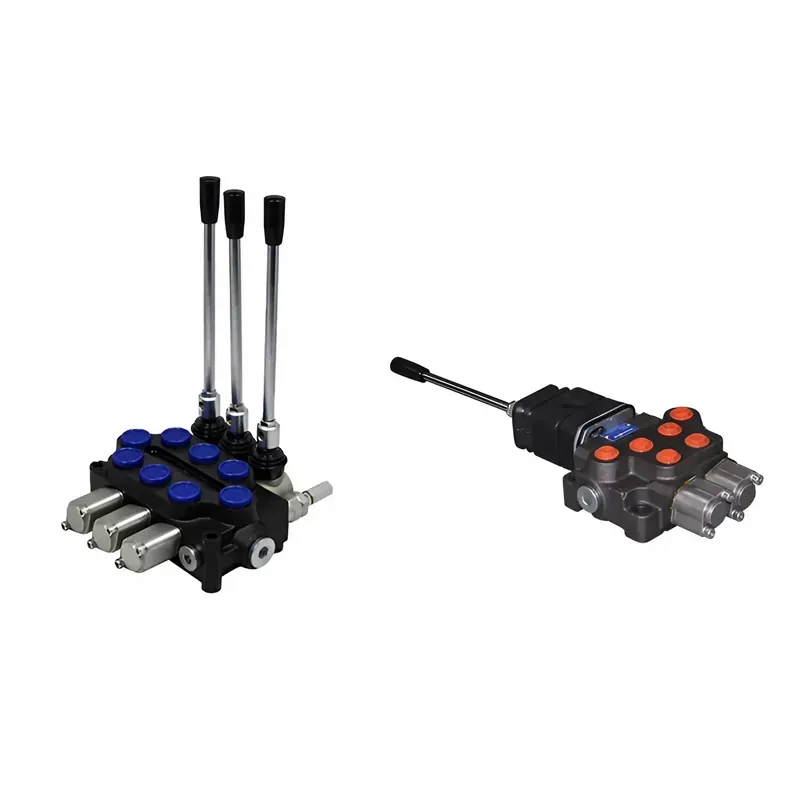Types and Working Principles of Hydraulic Control Valves
Hydraulic flow control valves:
Flow control valves are designed to regulate the rate of fluid flow within a hydraulic system.
They ensure that the hydraulic machinery operates at the desired speed, allowing for optimal performance.
There are two main types of Hydraulic Flow Control Valves: throttling valves and non-throttling valves.
a. Throttling Valves:
Throttling valves, such as needle valves, utilize an adjustable orifice to control the flow rate.
By adjusting the valve opening, operators can regulate the amount of fluid passing through,
thereby controlling the speed of hydraulic actuators.
b. Non-Throttling Valves:
Non-throttling valves, including spool and poppet valves, operate by either allowing or blocking fluid flow entirely.
These valves are effective in applications where on/off control is sufficient.
hydraulic pressure control valves:
Pressure control valves are essential for maintaining the desired pressure levels within a hydraulic system.
These valves ensure system safety and prevent damage caused by excessive pressure.
Two primary types of hydraulic pressure control valves are relief valves and pressure-reducing valves.
a. Relief Valves:
Relief valves protect Hydraulic Systems from overpressure by diverting excess fluid back to the reservoir.
When the system pressure surpasses the preset limit, the relief valve opens,
allowing fluid to flow out and maintain a safe operating pressure.
b. Pressure-Reducing Valves:
Pressure-reducing valves regulate the output pressure to a lower, predetermined level.
These valves are particularly useful in applications where downstream components require lower pressure than the incoming fluid.
hydraulic directional control valves:
Directional control valves determine the direction of fluid flow within a hydraulic system,
enabling precise control of actuators' movement. Common types of directional
control valves include spool valves, poppet valves, and rotary valves.
a. Spool Valves:
Spool valves use a cylindrical spool with multiple channels to control fluid flow direction.
As the spool shifts, different ports are connected or blocked, allowing the hydraulic fluid to move in the desired direction.
b. Poppet Valves:
Poppet valves use a poppet mechanism to control fluid flow. When the poppet is lifted,
fluid can flow through, and when it is seated, flow is blocked.
Poppet valves are commonly used for on/off control in hydraulic systems.
Conclusion:
In conclusion, hydraulic control valves are integral to the proper functioning of hydraulic systems.
Flow control valves, pressure control valves, and directional control valves work together to provide
precise regulation of fluid parameters, ensuring the efficiency and safety of hydraulic machinery in diverse industrial applications.
Understanding the types and working principles of these valves is essential for effective hydraulic system design and maintenance.
Saivs brand
- Food and packing machine haydraulic cylinder
- Rexroth proportional reducing valve 3DREP6 Series
- A4vso Series Rexroth Variable Plunger Pump
- Kawasaki K3V series Hydraulic pump
- Kawasaki K5V series Hydraulic pump
- Cavity 08-2 08-3 08-4
- Sauer Danfoss 90 Series Circuit Axial Piston Pumps
- Mini Electric Material Handling
- A2FE Axial piston fixed motor
- PVQ-1X series Rexroth Vane Pump
